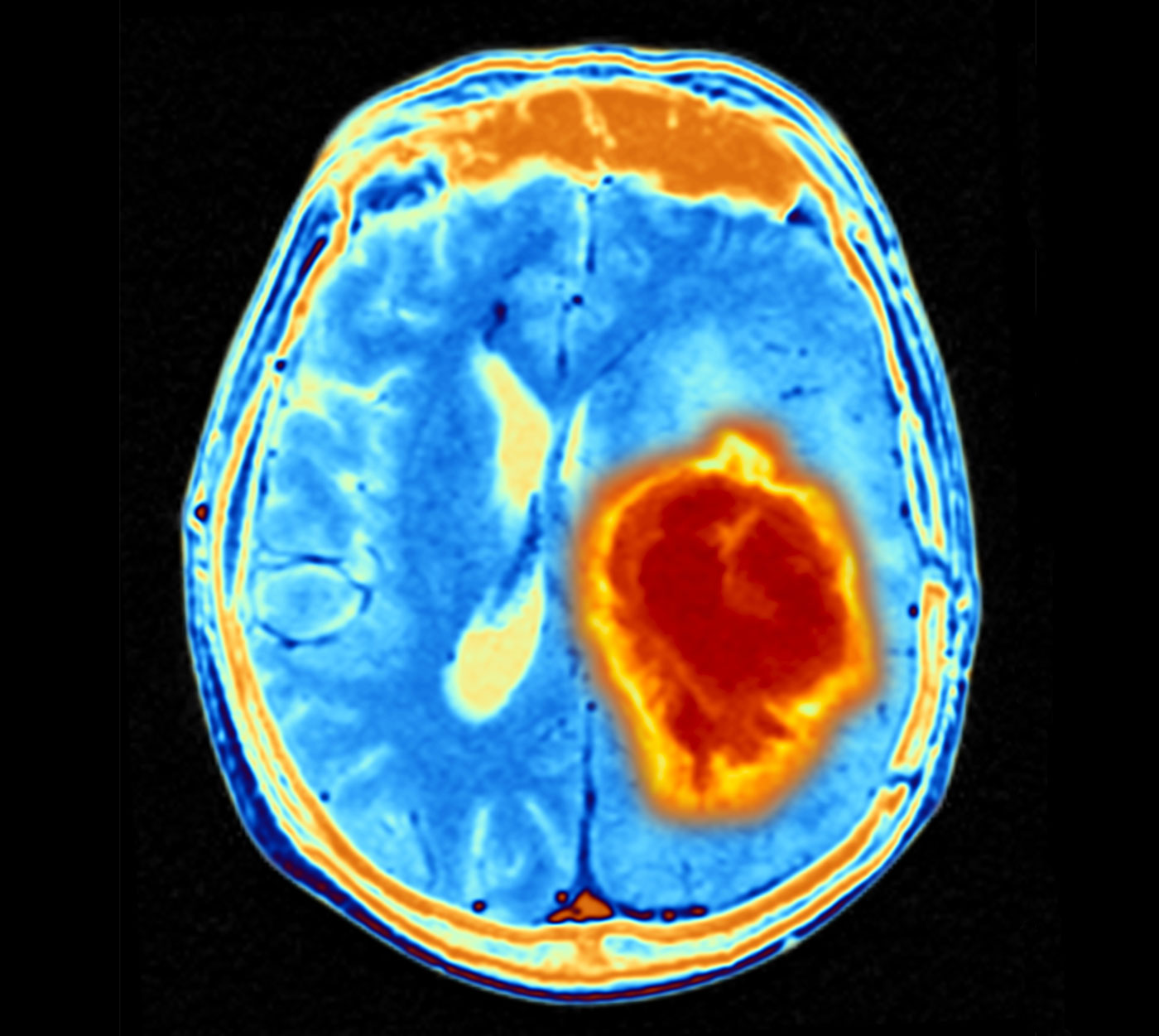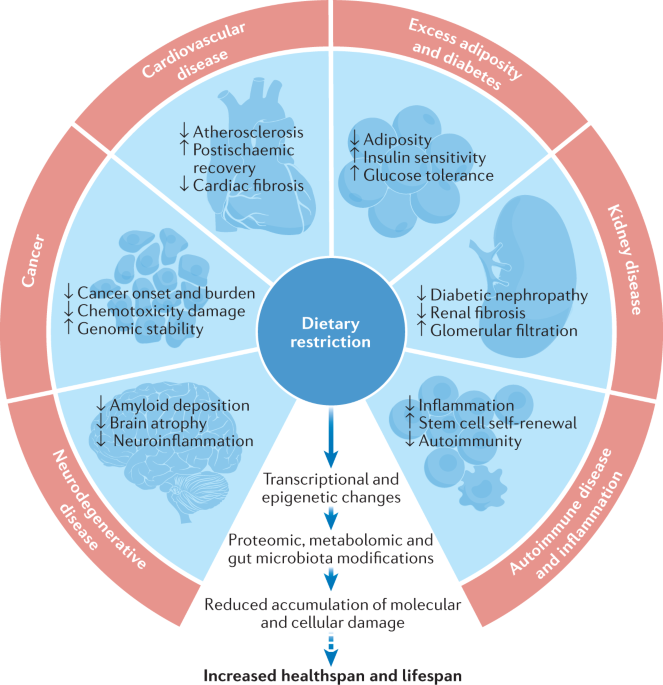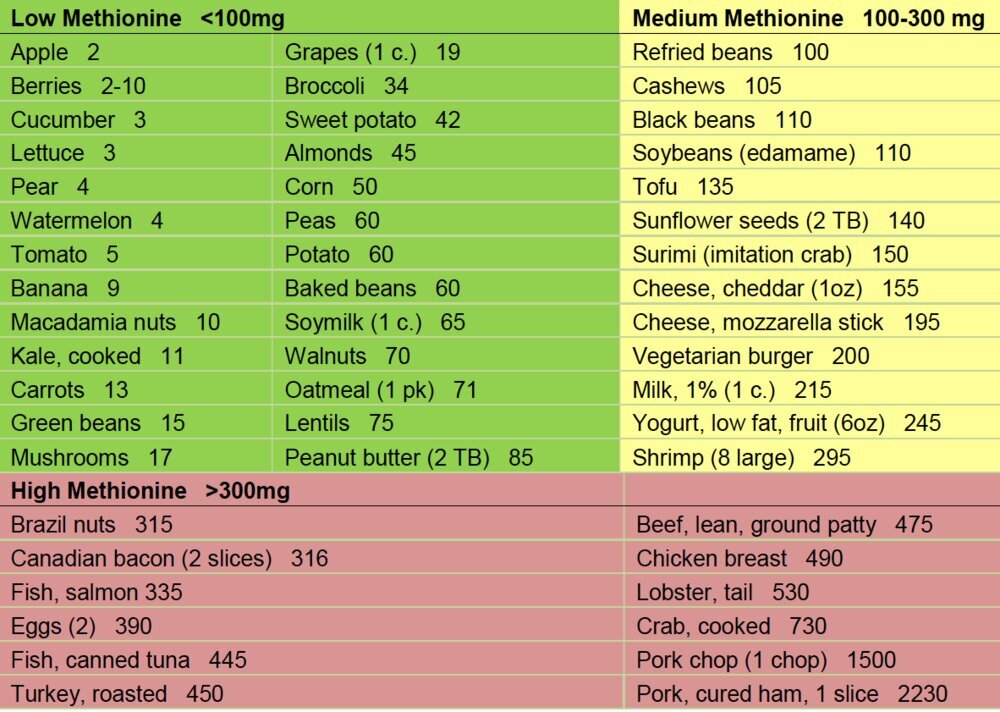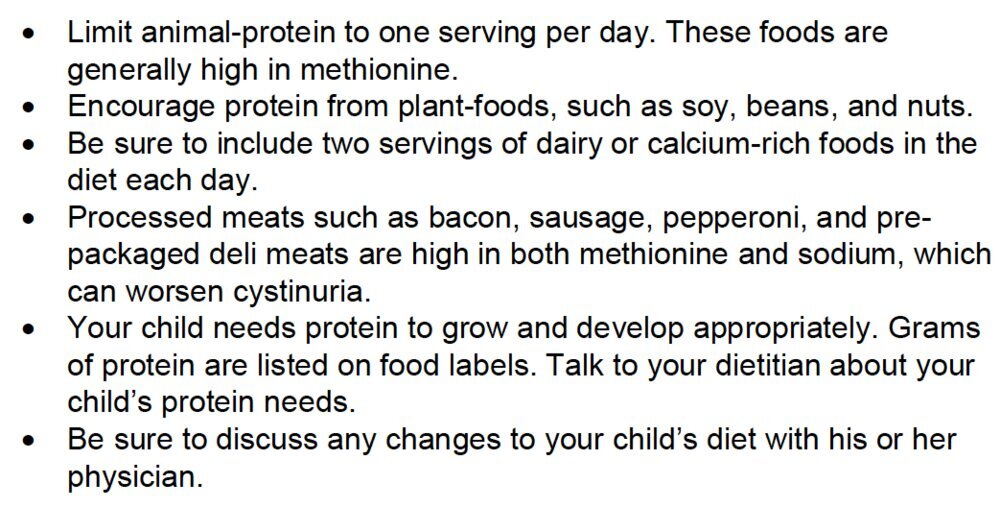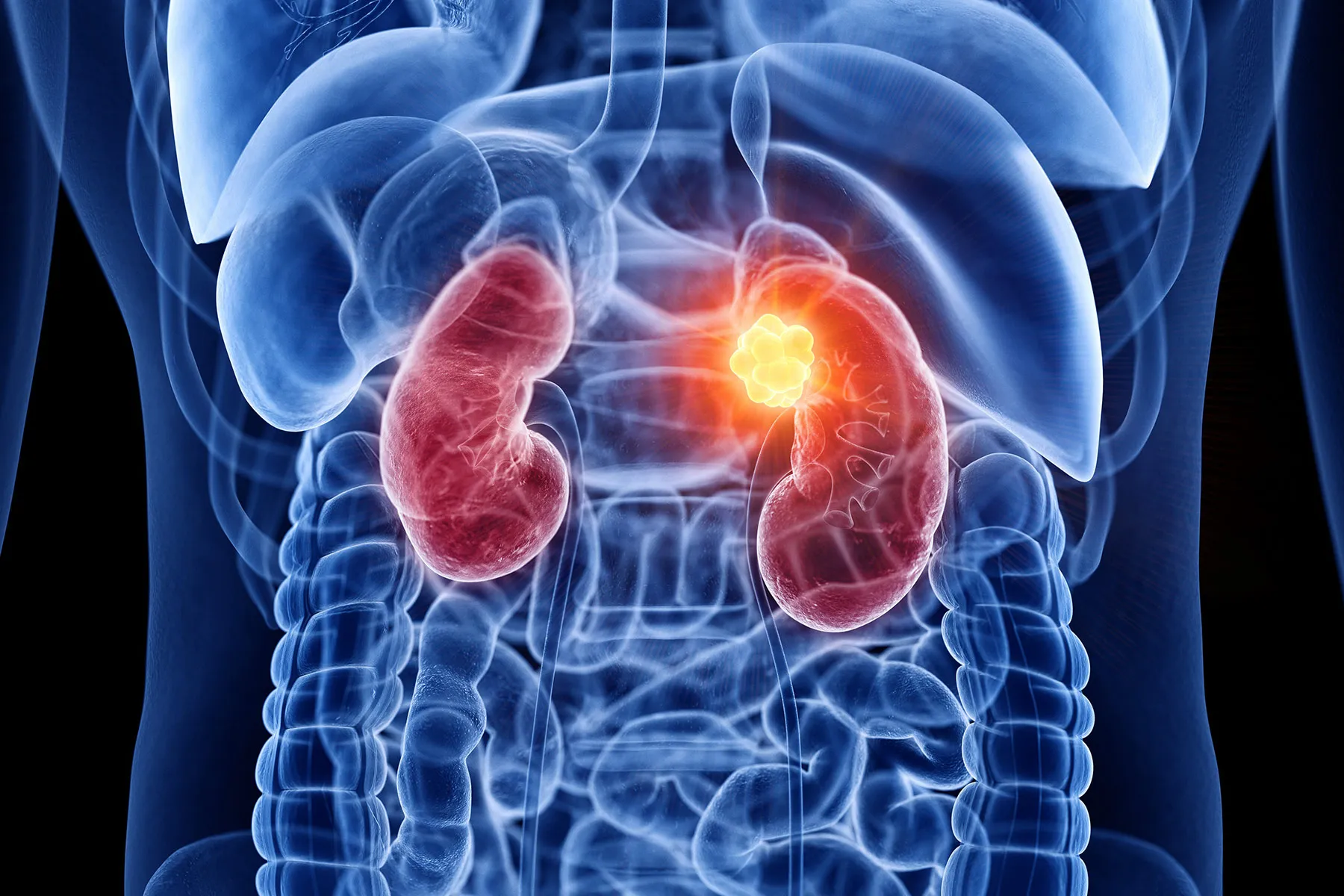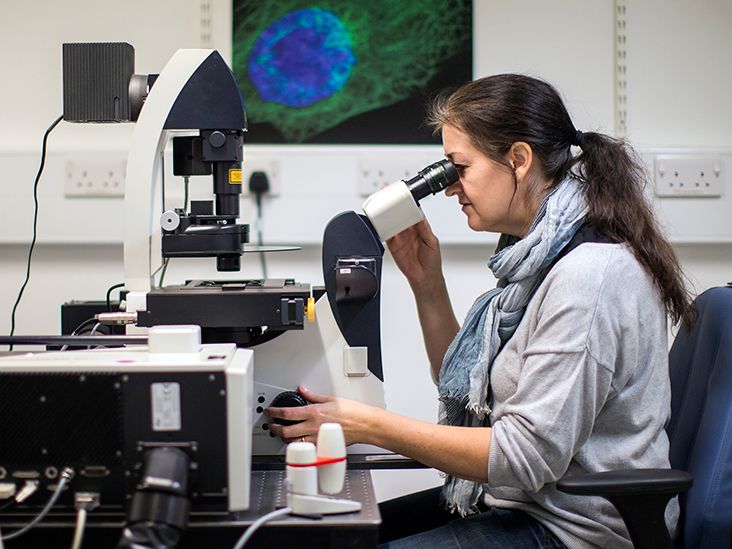
Methionine Restriction: Ready for Prime Time in the Cancer Clinic?
Attempts to selectively starve cancers in the clinic have been made at least since the time of Warburg beginning 100 years ago. Calorie-restriction or low-carbohydrate diets have had limited success with cancer patients. Methionine restriction is another strategy to selectively starve cancer...
February 2022
Attempts to selectively starve cancers in the clinic have been made at least since the time of Warburg beginning 100 years ago. Calorie-restriction or low-carbohydrate diets have had limited success with cancer patients. Methionine restriction is another strategy to selectively starve cancer cells, since cancers are addicted to methionine, unlike normal cells.
Methionine addiction of cancer is termed the Hoffman effect. Numerous preclinical studies over the past half century have shown methionine restriction to be highly effective against all major cancer types and synergistic with chemotherapy. Low-methionine medical diets can be effective in lowering methionine and have shown some clinical promise, but they are not palatable and thereby not sustainable. However, selectively choosing among plant-based foods allows a variety of low-methionine diets that are sustainable.
Our laboratory has developed a methioninase that can be administered orally as a supplement and has resulted in anecdotal positive results in patients with advanced cancer, including hormone-independent prostate cancer, and other recalcitrant cancers. The question is whether methionine restriction through a low-methionine diet, or even greater methionine restriction with methioninase in combination with a low-methionine diet, is ready for prime time in the clinic, especially in combination with other synergistic therapy. The question will hopefully be answered in the near future, especially for advanced cancer patients who have failed all standard therapy.
Last edited:


